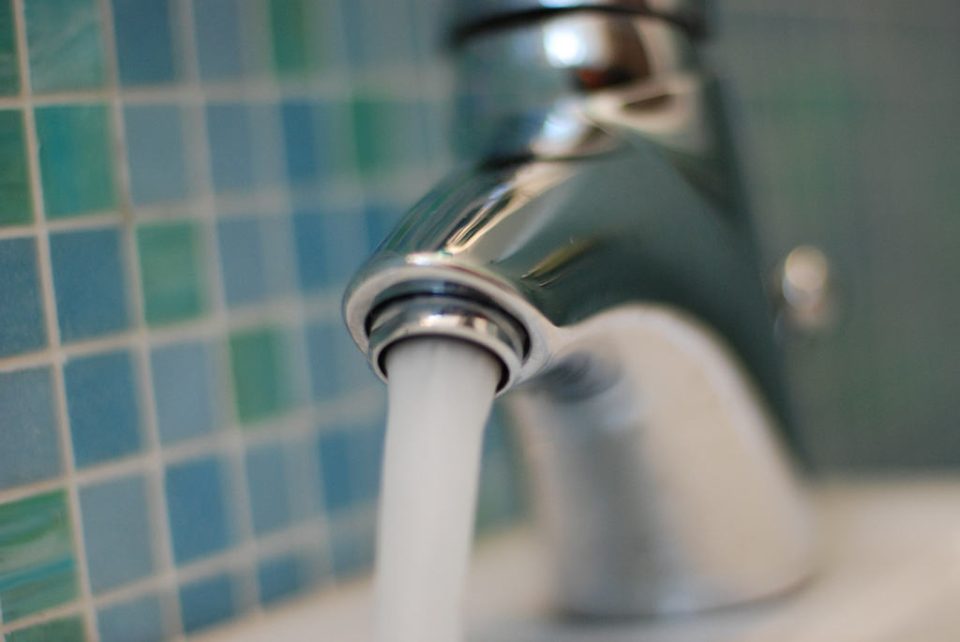The Berrien County Sheriff’s Office Emergency Management Office reminds residents to stay safe and healthy both during and after a flood and resulting power outages by following some of these steps. They issued the following health tips on Sunday, Feb. 25, from the Centers for Disease Control and Prevention, MDARD and the Michigan Department of Environmental Quality:
Prevent illness from FOOD
- Identify and throw away food that may not be safe to eat. Throw away food that may have come in contact with flood or storm water including any canned foods that are bulging, opened or damaged. Throw away food with an unusual odor, color, or texture. Throw away perishable foods (including meat, poultry, fish, eggs and leftovers) that have been above 40 degrees for two hours or more. Thawed food containing ice crystals or is 40 degrees or below can be refrozen or cooked. If cans have come in contact with floodwater or storm water, remove the labels, wash the cans and dip them in a solution of one cup of bleach in five gallons of water. Re-label the cans with a marker.
- Store food safely. While the power is out, keep the refrigerator and freezer doors closed as much as possible. Add block ice or dry ice to your refrigerator if the electricity is expected to be off longer than four hours. Wear heavy gloves when handling ice.
Prevent illness from WATER
- Listen to, and follow, public announcements. Local authorities will tell you if public water is safe to drink or to use for cooking or bathing. If the water is not safe to use, follow local instructions to use bottled water or to boil or disinfect water for cooking, cleaning, or bathing.
- Consider well water safety. If flooding occurs around your water well, your drinking water may become contaminated. When flood waters rise over the top of the well, contaminants can enter through the well cap or vent and increase the risk of illness.
Flood water contains bacteria and viruses from soil, organic debris and sewage systems, along with fertilizers, pesticides and other chemical contaminants. Shallow wells and old, poorly-constructed wells (e.g., dug wells) are vulnerable to water quality changes when muddy flood waters deposit contaminants close to the well. Older wells located in below-grade pits are vulnerable to contamination from flooding, even if flooding at the ground surface did not occur. Well pits are unsanitary and are prone to flooding after heavy spring rains or rapid snowmelt occur and surface water or the water level within the surrounding soil gathers within the pit.
If your well has been flooded, you should immediately refrain from drinking the water and take the following steps:
- Once the flooding recedes, begin flushing the water system. Hook a hose up to an outside faucet or a faucet near the water storage tank and flush the water for at least two hours after the water clears up. If a large volume of water entered the well, several hours of pumping may be needed. Once the water is clear at the storage tank, flush the home distribution piping.
- Contact a state of Michigan-registered water well drilling contractor and request that your water system be disinfected.
- After flushing the chlorine from the system, collect a water sample and submit it to a certified laboratory for coliform bacteria analysis.
- Contact your local health department for further assistance if needed.
- If under a boil water advisory, correctly boil or disinfect water. Hold water at a rolling boil for one minute to kill bacteria. If you can’t boil water, add 1/8 teaspoon (approximately 0.75 mL) of newly purchased, unscented liquid household bleach per gallon of water. Stir the water well, and let it stand for 30 minutes before you use it. You can use water-purifying tablets instead of boiling water or using bleach. For infants, use only pre-prepared canned baby formula. Do not use powdered formulas prepared with treated water. Clean children’s toys that have come in contact with water. Use a solution of one cup of bleach in five gallons of water to clean the toys. Let toys air dry after cleaning.
- Avoid floodwater. Follow all warnings about water on roadways. Do not drive vehicles or heavy equipment through water. If you have to work in or near floodwater, wear a life jacket. If you are caught in an area where floodwater is rising, wear a life jacket or use some other type of flotation device.
- Avoid unstable buildings and structures. Stay away from damaged buildings or structures until they have been examined and certified as safe by a building inspector or other government authority. Leave immediately if you hear shifting or unusual noises that signal the structure is about to fall.
- Beware of wild or stray animals. Avoid wild or stray animals. Call local authorities to handle animals. Dispose of dead animals in accordance to local guidelines.
- Beware of electrical and fire hazards. NEVER touch a fallen power line. Call the utility company to report fallen power lines. Avoid contact with overhead power lines during cleanup and other activities. If electrical circuits and equipment have gotten wet or are in or near water, turn off the power at the main breaker or fuse on the service panel. Do not turn the power back on until electrical equipment has been inspected by a qualified electrician. DO NOT burn candles near flammable items or leave the candle unattended. If possible, use flashlights or other battery-operated lights instead of candles.
- Beware of hazardous materials. Wear protective clothing and gear (for example, a respirator if needed) when handling hazardous materials. Wash skin that may have come in contact with hazardous chemicals. Contact local authorities if you are not sure about how to handle or get rid of hazardous materials.
- ClClean up and prevent mold growth. Clean up and dry out the building quickly (within 24 to 48 hours). Open doors and windows. Use fans to dry out the building. To PREVENT mold growth, clean wet items and surfaces with detergent and water. To REMOVE mold growth, wear rubber gloves, open windows and doors and clean with a bleach solution of one cup of bleach in one gallon of water. Throw away porous items (for example, carpet and upholstered furniture) that cannot be dried quickly. Fix any leaks in roofs, walls or plumbing.
- Wash your hands. Use soap and water to wash your hands. If water isn’t available, you can use alcohol-based products made for washing hands.
- Wear protective gear for cleanup work. Wear hard hats, goggles, heavy work gloves and watertight boots with steel toes and insoles (not just steel shank). Wear earplugs or protective headphones to reduce risk from equipment noise.
For more information about staying safe and healthy before, during and after flooding, go to www.michigan.gov/miready or www.prep4agthreats.org

